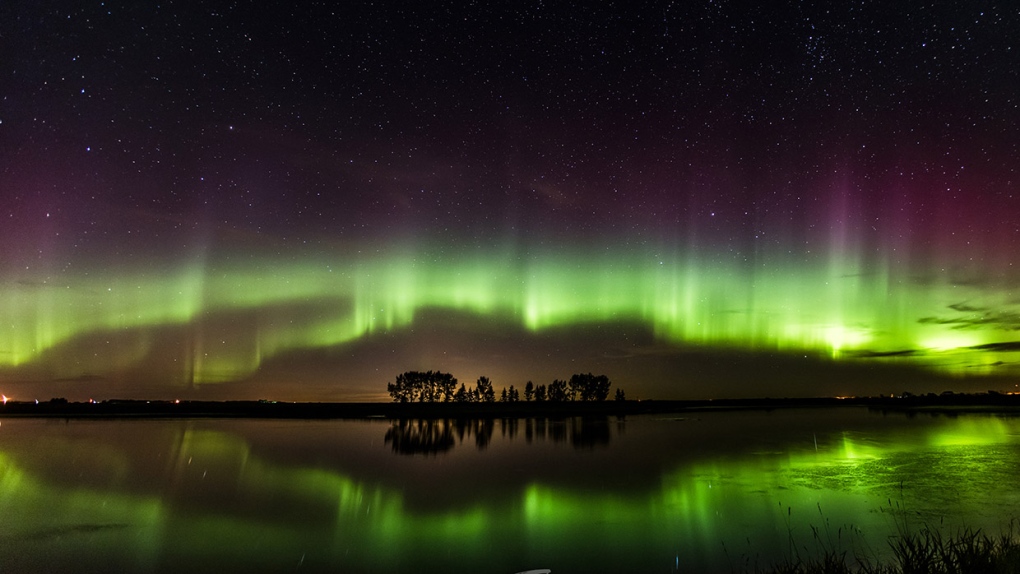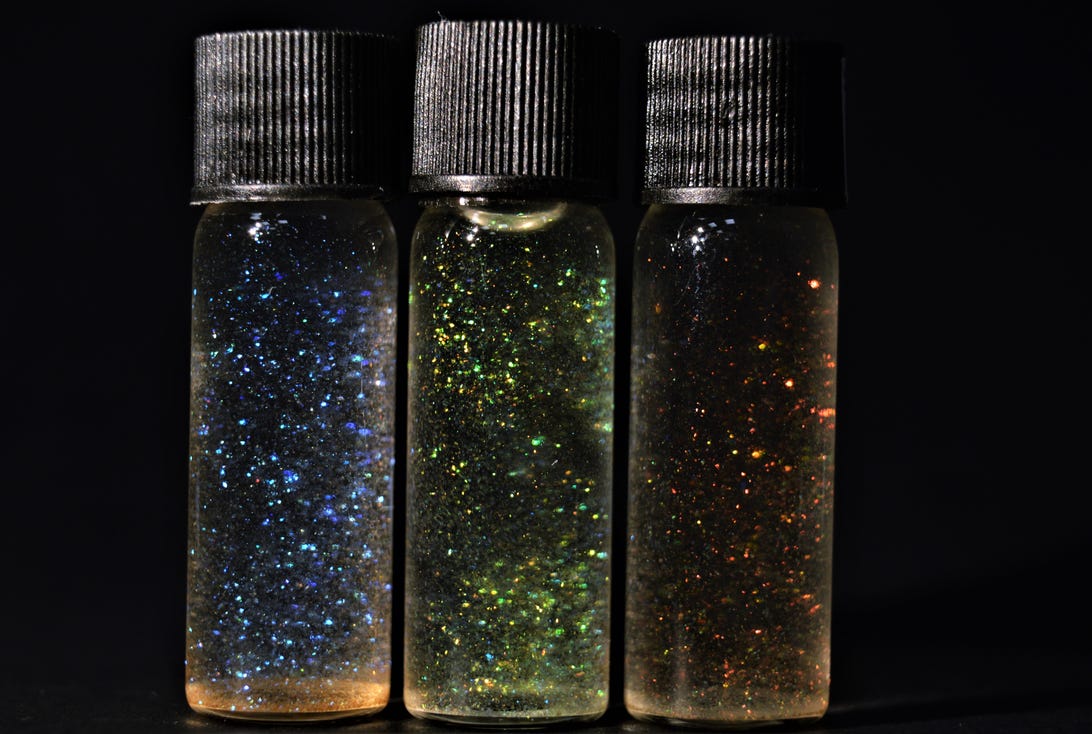Abbotsford farmer says he's first in B.C. to grow saffron — the world's most expensive spice
Avtar Dhillon has more than 250,000 saffron crocus growing on his farm
When Avtar Dhillon was looking for a crop to grow at his farm in Abbotsford, B.C., he thought, why not try the world's most expensive spice — saffron.
So Dhillon purchased a number of crocus sativus bulbs — commonly known as the saffron crocus — from Kashmir and planted them on his 25-acre farm.
Now Dhillon has more than 250,000 bulbs in his crop at Ramsar Berry Farm. He believes he's the first farmer to plant and harvest saffron in British Columbia — and one of only a handful of people to do it in the country.
When asked by CBC News, B.C.'s Ministry of Agriculture, Fisheries and Food said it doesn't know of any other farms in the province growing saffron.
"I want to do something different and profitable," Dhillon told CBC Vancouver. "Nobody is growing here, and then I'm thinking, 'Why [can't I] try the saffron?'"
Saffron is an ancient spice with a distinctive taste and colour, commonly used for seasoning and as a colouring agent for food and textiles.
The saffron crocus usually grows in hot, arid weather, with 90 cent of the world's production coming out of Iran. But Dhillon found that B.C.'s wet climate has actually aided in the plants' growth.
Over five years, Dhillon tried different methods for growing the spice before finding one that works. He says the moisture in the air and rainfall keeps the soil moist and contributes to good growth, with flowers taking around four to five weeks to grow.
One bulb can grow up to 10 purple flowers, Dhillon said. Each flower is then hand-picked and produces three crimson stigmas, or threads, of saffron. The threads are then dried at room temperature for a couple of days, after which they are ready to sell.
Dhillon said 400,000 stems equals around one kilogram of saffron, which can be sold at around $50,000 to $65,000.
The farm is a family affair, with Dhillon running the business with his brother and their families. They all live together and everyone lends a helping hand when it comes time to gather the flowers and pick the threads.
"I'm very excited," said Dhillon. "And local businesses from Vancouver, they are already approaching me to ask to buy local saffron."
Around four businesses have already expressed interest in the locally grown saffron, he said.
The Acorn Restaurant in Vancouver is one of them. The vegetarian eatery has a focus on local farmers and foragers, with the aim of keeping the menu local.
"To have a farmer in B.C. who's growing saffron means, suddenly, we have access to saffron. Whereas before, it would be something that we probably wouldn't cook with, because we can't get it in Canada," said Kate Martin, one of The Acorn's cooks.
Warming weather pushing farmers to be creative with crops
Farmers experimenting with new crops is becoming more common, said Lenore Newman, director of the Food and Agriculture Institute at the University of the Fraser Valley.
She chalks it up to a changing climate, which is pushing farmers to increasingly become creative with what they can grow. Dhillon's saffron venture is a perfect example, she said.
"People are always looking for better crops," said Newman. "The climate is getting significantly warmer, so there's a chance to try some interesting new crops."
Dhillon himself said he first began searching for a new crop to add to his farm when the prices he was getting for his blueberry harvests began to drop.
With files from Baneet Braich and Gian-Paolo Mendoza







/https://www.thestar.com/content/dam/thestar/news/investigations/2021/11/12/trickery-and-bad-faith-the-ontario-government-approved-new-mining-permits-using-a-map-a-local-first-nation-says-is-outdated-and-inaccurate/_01_grassy_map.jpg)
/https://www.thestar.com/content/dam/thestar/news/investigations/2021/11/12/trickery-and-bad-faith-the-ontario-government-approved-new-mining-permits-using-a-map-a-local-first-nation-says-is-outdated-and-inaccurate/_03_wabigoon_river.jpg?resize=708%2C472&ssl=1)









